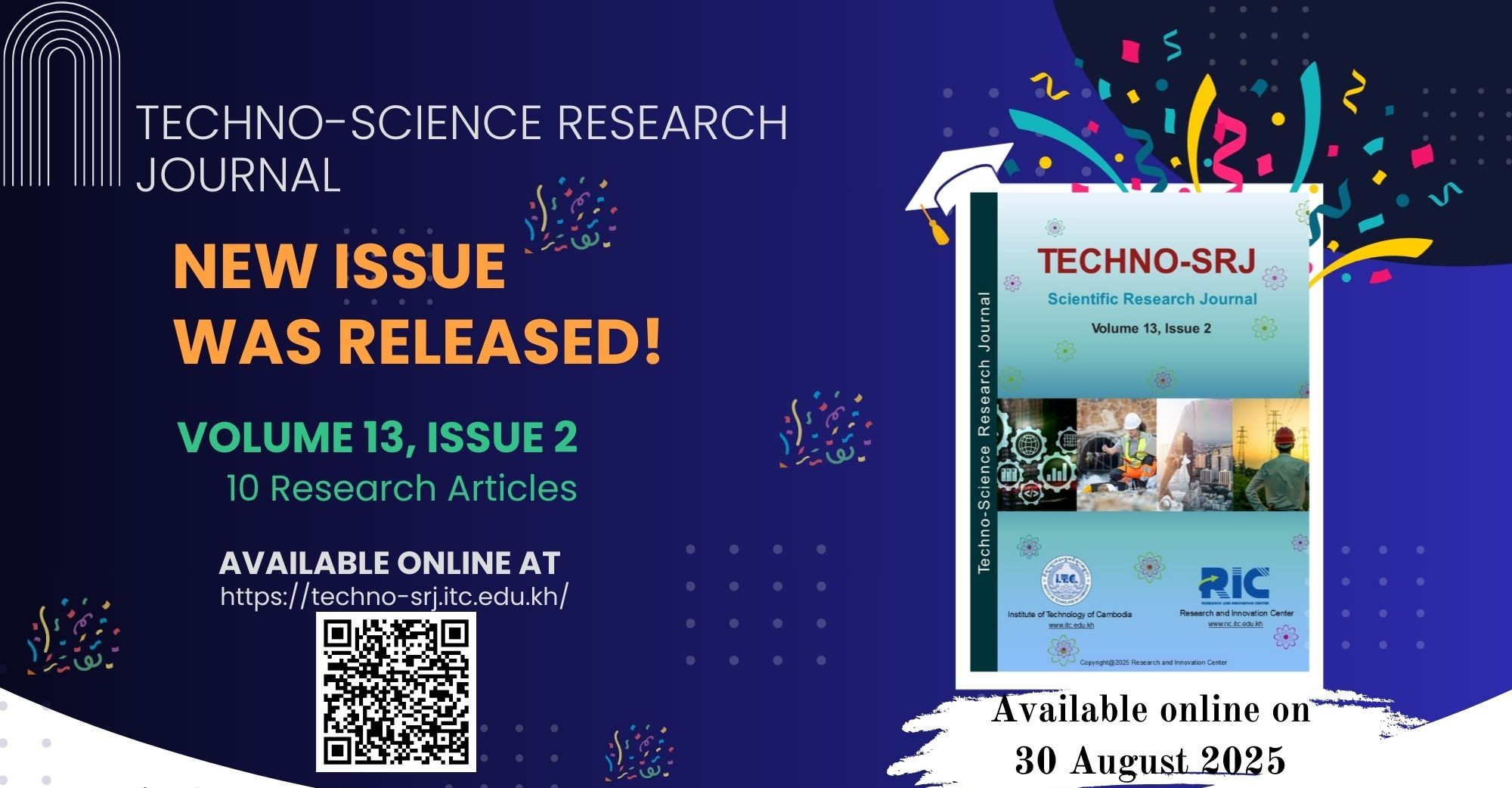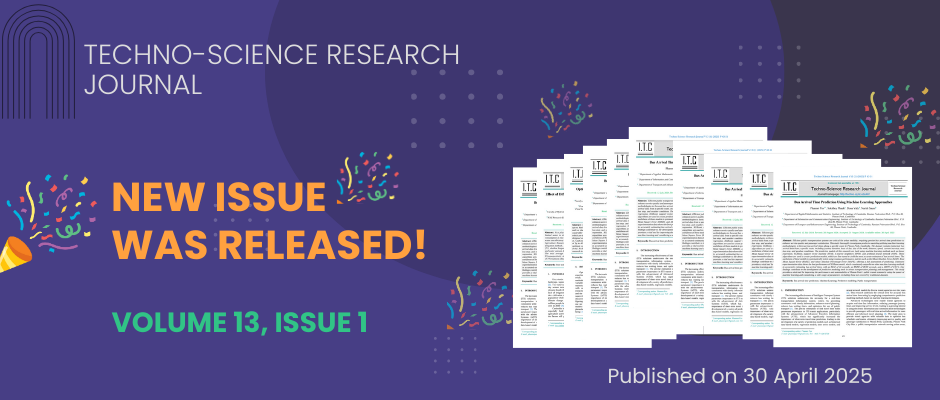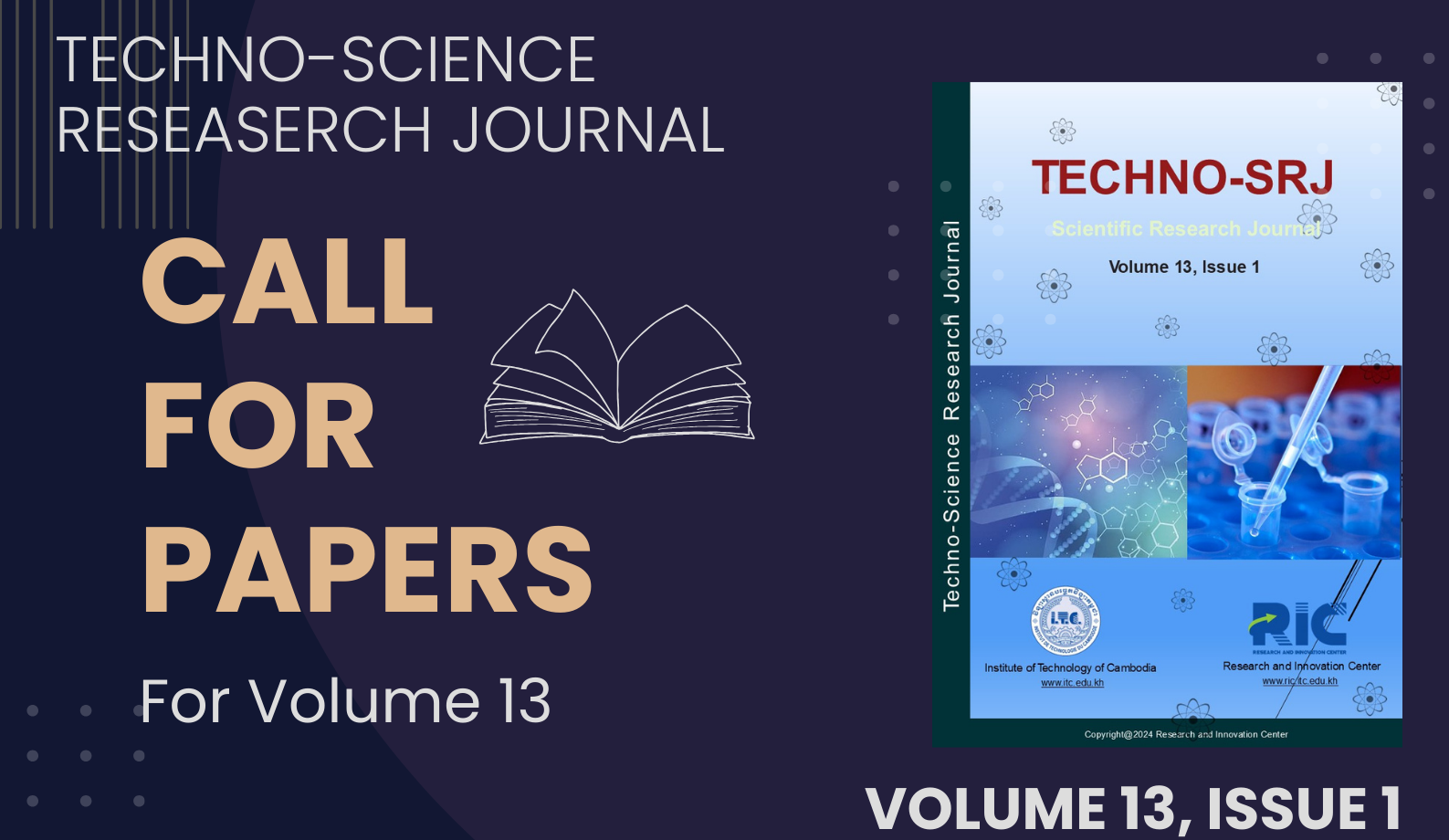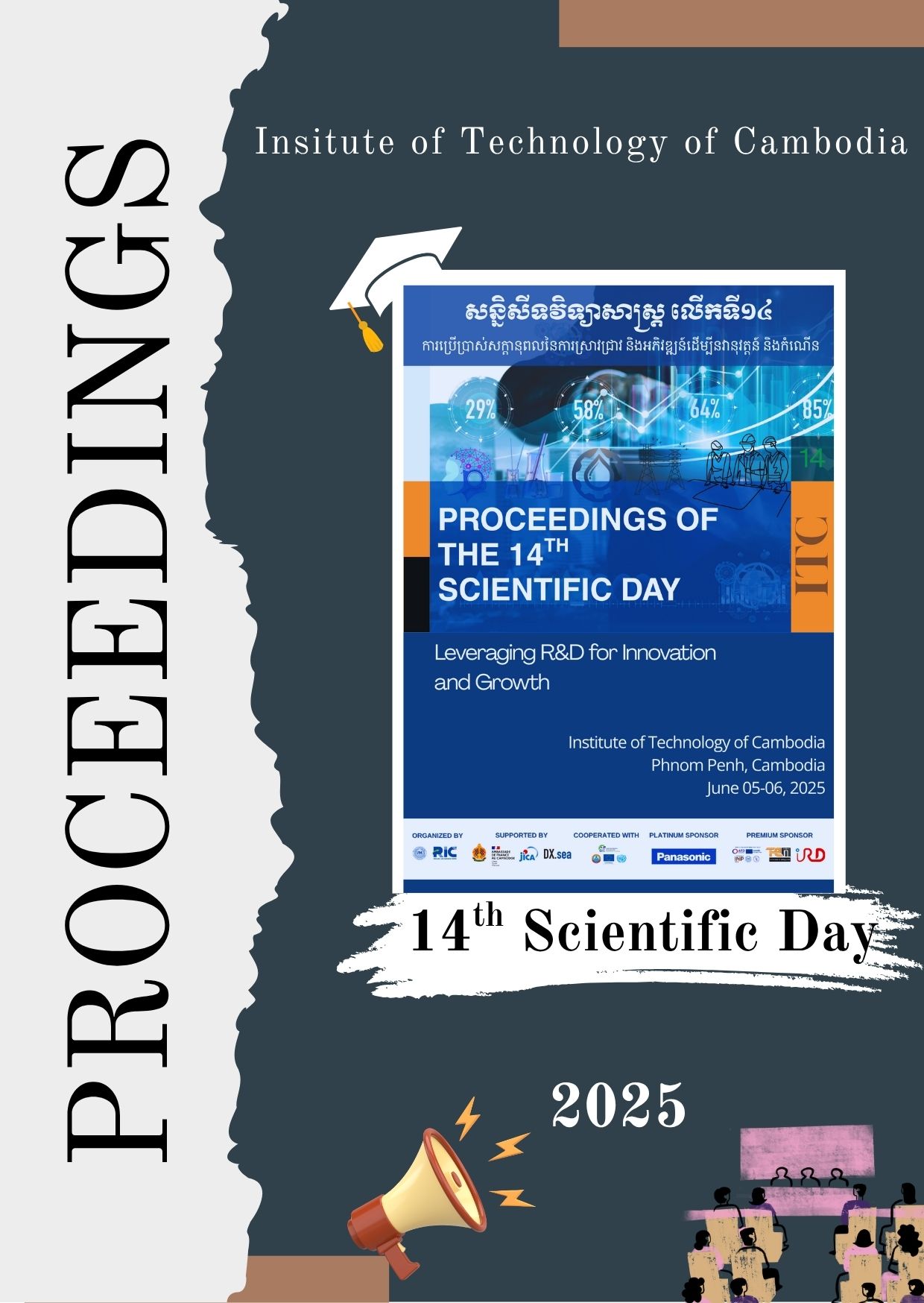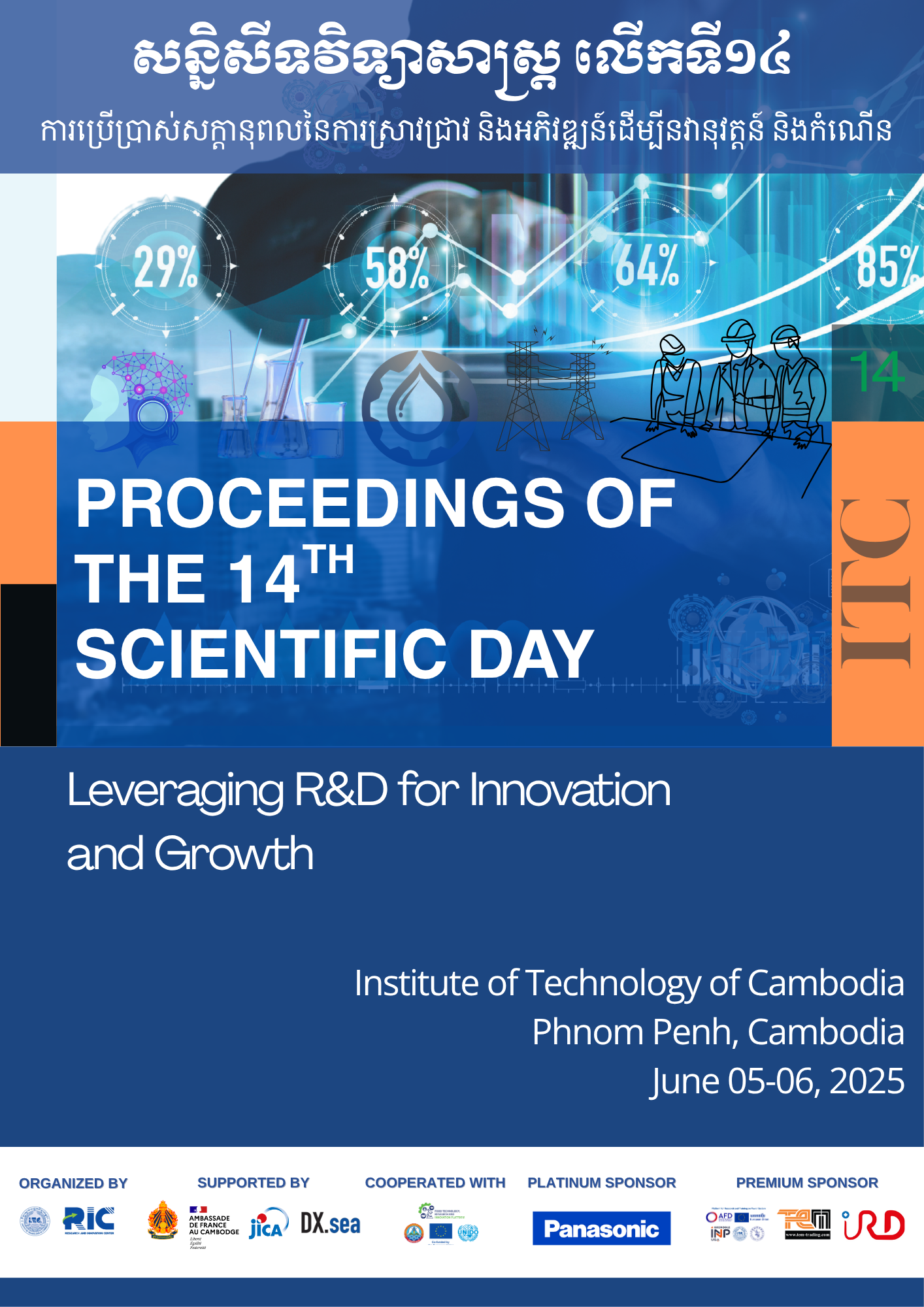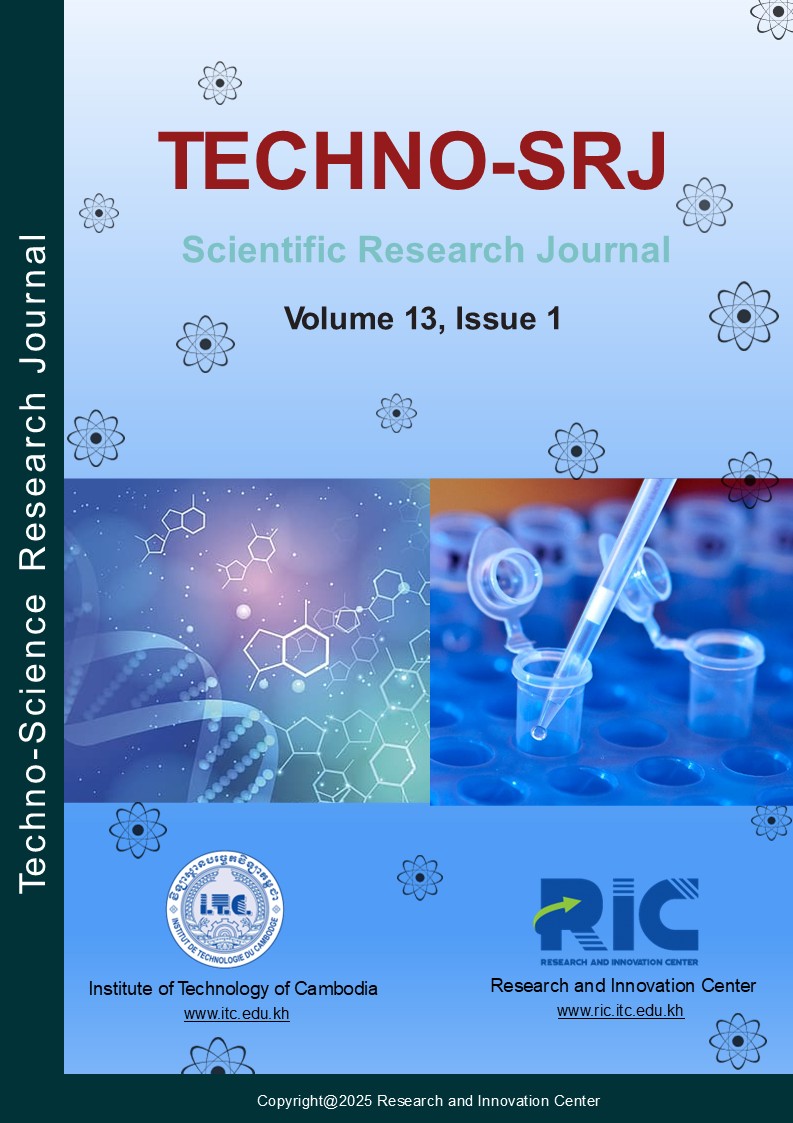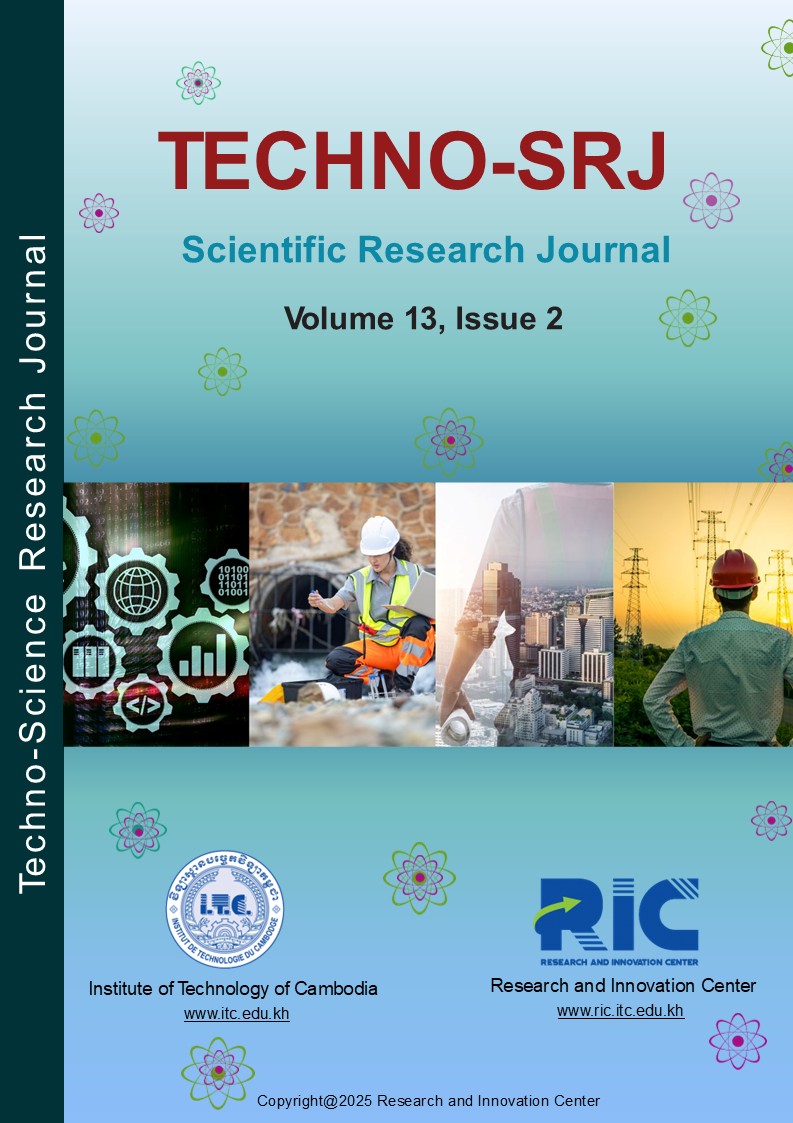Organized and Hosted by Faculty of Geo-resources and Geotechnical Engineering, Institute of Technology of Cambodia. Partnered with 14th RCGeoE, AUN/SEED-Net, JICA, KYUSHU UNIVERSITY, JAPAN, and THE 50TH OF ASEAN-JAPAN FRIENDSHIP AND COORPERATION,
Natural rubber is a polymeric material composed of hydrocarbon chains possessing high flexibility and green strength making them suitable for various applications including automotives tires, construction materials, and as floor protective materials etc. Special properties of rubber are obtained from compounding with various ingredients one of which is inorganic fillers including carbon black, silica, and clay minerals. The concept of processing
Acidminedrainage(AMD)isamajorenvironmentaldistributedpollutantduetotheexposureofairandwaterfrom tailing and overburden produced from metals mining activity. AMD might degrade water to strong acidity, sulfide, iron (Fe), and other heavy metals contents due to the chemical consumption during the mineral extraction process. Thus, this study aimed to investigate the effectiveness of neutralization acid mine drainage caused by artisanal and small-scal
Lithofacies and petrological studies of sandstones from outcrops at the Kulen area were carried out to understand the diagenetic processes, depositional process, and mineral composition of sandstones. Measurement of stratigraphic section and sandstone samples were conducted at three zones of Kulen area, Phnom Takhok (TK), Peah Ang Chub (PAC), and Phnom Mrech (PM) for this study. The sedimentological study provides the information of large -and sm
Natural rubber (NR) is often compounded with inorganic fillers such as clay to broaden its applications, reduce the production cost, and also to impart good mechanical properties. In this study, the effect of local clay on physical and mechanical properties of Cambodian clay-filled natural rubber latex foams was investigated. The natural rubber latex foam was produced via the Dunlop method through the conventional vulcanization system with sulfur
The presence of high arsenic content in groundwaters in Kandal, Cambodia has threatened about 1 million people and several people have already been exposed to arsenic. This study aims to investigate the removal of arsenic from Kandal groundwater by utilizing naturally available laterite from Kampong Cham in order to obtain safe drinking water for the people. The laterites were characterized with XRD, XRF, zeta potential analyzer, and surface area
Concentration of arsenic in groundwater was investigated at three villages (Chong Prek, Prek Tameng and Prek Thom) in the Kandal Province of Cambodia, which ranged from 80.9 μg/L (in Prek Tameng village) to 1420 μg/L (in Prek Thom village), with average and median concentrations of 463.16 and 217 μg/L, respectively. Iron concentration was also determined. Nearly all the twenty-five samples contained arsenic and iron concentrations exceeding the W
Due to human activities such as batik home industries, abattoirs, and tanneries, the existence of heavy metals in dug-well water has been known as the cause of groundwater pollution in Yogyakarta City. To treat this dug-well water, a batch adsorption experiment by utilizing the activated zeolite and bentonite was carried out. Prior to the treatment, the zeolite and bentonite were characterized by means of XRD, SEM, XRF, and various ICP and modifi
The Sidomulyo zeolitic and Kedungbedah bentonitic tuffs are respectively located in the Gunungkidul and the Boyolali regencies, Indonesia. The study of their mineralogical characteristics was primarily done. The petrographical analysis indicates that the Sidomulyo zeolitic or Kedungbedah bentonitic tuffs is composed of volcanic glass, quartz, plagioclase, and altered minerals. The XRD investigation reveals that the zeolite tuff contains clinoptil
Groundwater quality in Yogyakarta city has become the major concern due to the presence of heavy metals originated from batik home industries, slaughterhouses, and leather factories, especially in shallow groundwater. In response to the above problems, the naturally abundant zeolite and bentonite in Sidomulyo and Bandung areas were respectively sampled along with the metal-containing groundwater in Yogyakarta urban area for batch adsorption exper



